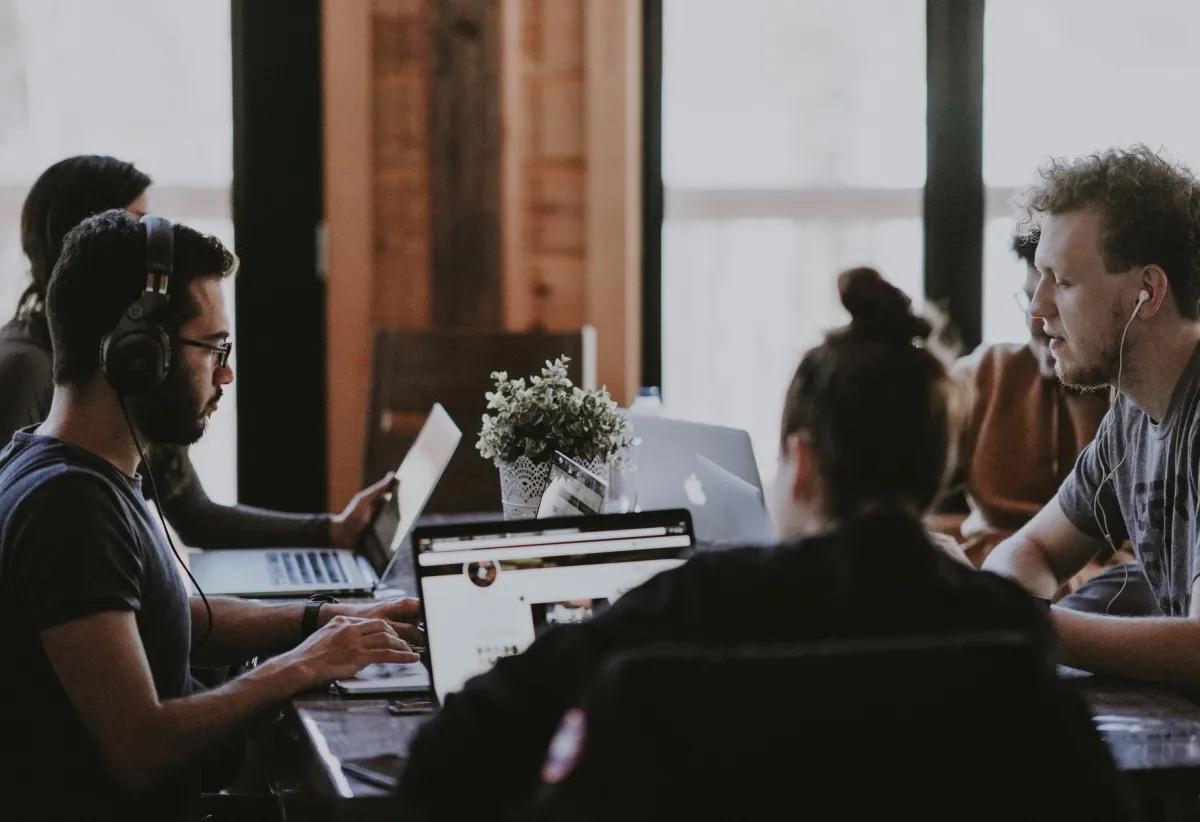Flipped Learning: Implementation Advantages and Challenges for Engineering Subjects
One of the approaches to improving students' learning and performance to meet the needs of 21st century learning is through flipped learning. This approach was adopted in the delivery of first-year engineering mathematics subject. With the advancements in information technology, facts and information are becoming increasingly accessible (although some form of verification is often needed to ensure accuracy and reliability).
It is in this context that classrooms need to move from a sterile space for regurgitating facts to a safe space for nurturing intellectual discourse and the exchange of ideas.
One of the approaches to achieving this transformation is through flipped learning. Flipped learning is defined as “a pedagogical approach in which direct instruction moves from the group learning space to the individual learning space, and the resulting group space is transformed into a dynamic, interactive learning environment where the educator guides students as they apply concepts and engage creatively in the subject matter” (Flip Learning, 2022), or simplistically explained as school work at home and home work at school.
Flipped learning is not substituting in-class time with pre-recorded videos or students’ self-learning which was a common misconception when the approach was first introduced. If done right, the whole delivery of flipped learning needs to be intentional and each step from pre-session, in-class session to post-session needs to complement one another. In the delivery of a first-year engineering mathematics subject last year, it was an opportune time to adopt this approach due to two reasons:
- students were getting used to modes of online learning (including pre-recorded video lectures) due to the Covid-19 pandemic, and
- the content was not suitable for such an approach
Throughout the semester, the students were required to complete pre-session activities such as watching pre-recorded video lectures or reading articles related to the various topic. These videos were posted several days before the live in-class lecture, on a weekly basis and covered factual definitions as well as explanations of examples. Reading materials were curated to support the in-class activities. As such, the in-class “lectures” were spent on active learning activities, such as ungraded quizzes, group discussions and solving application-based problems.
One of the benefits of pre-recorded videos is that students may watch the videos at their own pace and time before joining the in-class session. Such would give them more focus on interactive activities that reinforces the learning. This required some amount of discipline, and one of the most common challenges faced by the students was to watch the videos in time for class. Therefore, these videos and any other preparatory learning activities required prior to the in-class session must be prepared and made available to the students within an appropriate time frame.
Besides that, the length of the videos has been found to be an important factor in motivating students to view the videos in time for their classes. Students prefered shorter videos. During the in-class sessions, the students were encouraged to participate either individually or in groups depending on the objectives of the learning activities. A balance of individual and group tasks helped to address the learning needs of different students. The topic was then concluded with post-session activities to elicit feedback from students on their progress.
Although flipped learning has its advantages in terms of effective use of in-class time (active vs passive learning), there were challenges in its implementation such as managing the preparatory work required before class time by both lecturers and students. Moreover, some students who were not used to active learning strategies during the in-class session may not be as receptive as expected and in this case, the role of the lecturer as facilitator was crucial. Nevertheless, flipped learning approaches have the potential to transform university classrooms into a vibrant spaces for students to learn, interact and inspire one another, including at times, the lecturers too.
Dr Low Yeh Ching
School of Engineering and Technology
Email: @email




